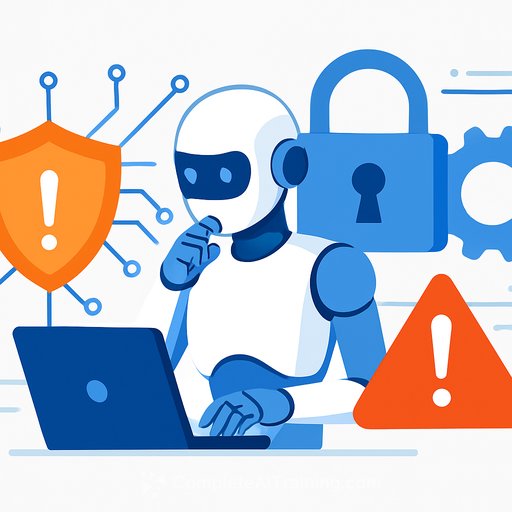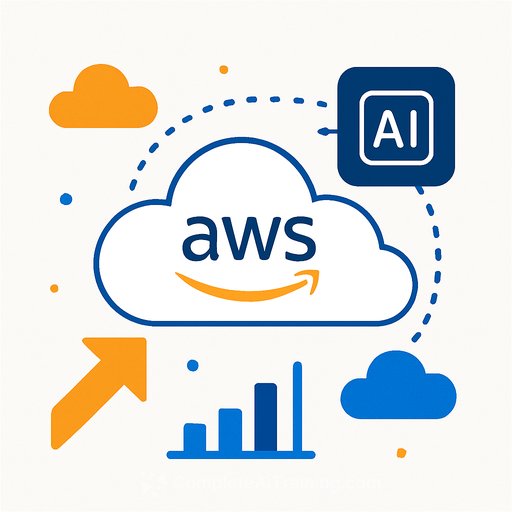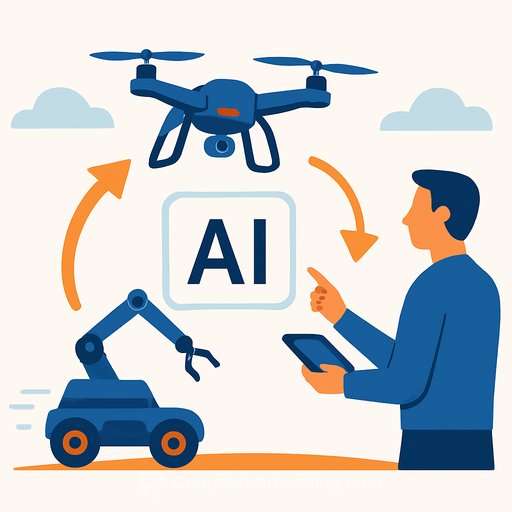Red Hat brings offline AI management, post-quantum TLS, and measurable dev productivity to RHEL and Developer Hub
Red Hat announced updates across RHEL, OpenShift, and its AI portfolio, with a tight focus on hybrid cloud efficiency, security hardening, and developer output. The releases include RHEL 10.1, RHEL 9.7, and Red Hat Developer Hub 1.8, all adding AI-driven tooling and controls built for enterprise realities - regulated, distributed, and short-staffed.
If you lead product or engineering, this isn't about shiny features. It's about faster delivery, lower risk, and fewer late-night incidents.
Why this matters for product and engineering leaders
- AI that works offline: guidance and troubleshooting in disconnected or regulated environments.
- Lower downtime: "soft reboots" apply system state changes without a full kernel restart.
- Accelerator-ready: validated drivers for AMD, Intel, and Nvidia streamline AI/ML deployment.
- Quant-ready security: post-quantum TLS support and aligned standards work reduce future crypto risk.
- Measurable dev output: KPI scorecards in Developer Hub bring visibility to platform ROI.
- Data control: on-prem analytics and minimal subscription reporting keep sensitive info in-house.
RHEL 10.1 and 9.7: offline AI assistance and easier AI workload setup
RHEL now includes an AI-based command-line assistant that runs locally and works offline. It can analyze large log files and provide practical guidance without external connectivity - useful for air-gapped, regulated, or security-sensitive environments.
Driver installation for AI accelerators is streamlined via validated packages for AMD, Intel, and Nvidia GPUs. As Red Hat's Stu Miniman noted, the drivers live in the RHEL extension and supplemental repositories with testing and lifecycle coordination done alongside hardware partners to reduce setup friction.
Red Hat also pointed to a sponsored IDC study indicating that teams on RHEL run 32% more efficiently than those on unpaid alternatives, with developers seeing a 20% productivity lift. Treat those as directional signals for TCO and planning.
Uptime and operations: soft reboots, reproducible builds, and Satellite 6.18
RHEL 10.1 adds "soft reboots," enabling certain system state changes without restarting the kernel. Translation: shorter maintenance windows and fewer operational disruptions.
You also get reproducible container builds and general availability of ACME for automated certificate renewal. Satellite 6.18 brings on-prem analytics for proactive issue detection and vulnerability management, plus tighter control over outbound data - limited to minimal subscription reporting if you choose.
Post-quantum security: ML-KEM and ML-DSA, TLS, and standards alignment
RHEL 9.7 extends the post-quantum cryptography work introduced in RHEL 10, while RHEL 10.1 now supports post-quantum TLS for data in transit. Red Hat cites progress on ML-KEM and ML-DSA along with updates across TLS and OpenSSH.
These are the algorithms standardized by NIST for future-resistant key exchange and signatures. For context, see NIST's post-quantum program here and the NSA's CNSA 2.0 guidance here. Red Hat notes it has worked closely to align product requirements to these standards.
Developer Hub 1.8: KPIs, Model Context Protocol, and integrated AI
Developer Hub 1.8, based on Backstage, now embeds KPI scorecards directly in the UI. Platform engineers and developers can agree on metrics, track them where work happens, and make visibility part of daily flow.
The release adds Model Context Protocol support, letting teams surface internal documentation through clients such as Cursor (Anysphere) and Continue. An OpenShift AI connector exposes models and registries from within Developer Hub, while Developer Lightspeed brings AI-assisted troubleshooting and code generation into standard workflows.
The Migration Toolkit for Applications (part of the Konveyor project) is integrated so large language models can suggest code fixes automatically. As James Labocki put it, you can point the system at the model endpoint you prefer and plug it into Developer Hub without being locked into a single service.
What to do next
- Pilot the offline CLI assistant in a controlled environment (start with your most support-heavy RHEL fleet).
- Plan a phased PQC strategy: inventory crypto dependencies, test ML-KEM/ML-DSA, and enable post-quantum TLS where feasible.
- Adopt soft reboots in your patching process to shrink maintenance windows.
- Standardize accelerator driver installation from the RHEL extension/supplemental repositories to reduce AI/ML setup time.
- Define KPI scorecards in Developer Hub for platform and product teams; make them visible in daily standups.
- Set Satellite 6.18 data-sharing policies to the minimum your compliance team is comfortable with.
- Upskill teams on AI-augmented development and operations. Consider curated role-based learning paths here.
Your membership also unlocks:










